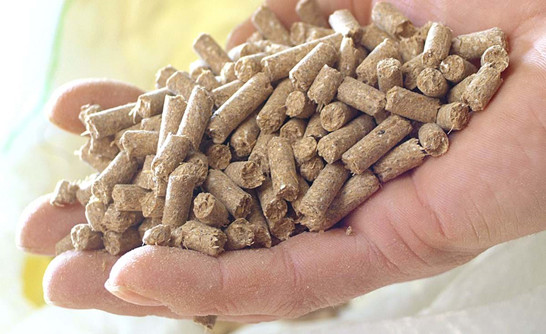Animal feed raw materials have increased, why?
The supply of livestock feed ingredients worldwide has decreased, with Vietnam importing up to 85% of these ingredients, leading to a significant increase in prices for these items.
Prices of livestock feed ingredients have been on the rise since mid-2020, and as the year approaches its end, prices are increasing even more sharply. Currently, prices of many grains such as corn and soybeans show no signs of decreasing, as evidenced by the past month's continued increase.

Livestock feed businesses are considered the first group affected as most of them are facing shortages in the supply chain, both in terms of production and waiting for ingredients. Followed by the farmers, who are the most heavily affected, especially small and medium-scale livestock farmers.
The General Statistics Office points out the reasons for the increase in livestock feed ingredients.
Firstly, due to the decrease in the global supply of livestock feed ingredients, transportation costs for imported ingredients have increased sharply due to a shortage of ships and containers affected by the Covid-19 pandemic, as well as climate change causing seasonal disruptions.
Secondly, some countries are redirecting investment into agricultural products, and China is increasing its purchase of livestock feed ingredients, leading to a rise in global prices for these ingredients.
Thirdly, in Vietnam, the majority of livestock feed ingredients are imported (accounting for about 80%-85%); the import prices of livestock feed ingredients in the first four months of 2021 increased by 6.66% compared to the same period in 2020, thus affecting domestic livestock feed prices

Specifically, the price of livestock feed ingredient products for the processing industry in April 2021 increased by 2.48% compared to the previous month and by 13.49% compared to the same period in 2020, with an overall increase of 8.79% for the first four months of this year. The prices of livestock feed ingredients for household agricultural production increased by 1.26% and by 5.09% over the same periods, with a cumulative increase of 3.6% over the four months.
The General Statistics Office also proposes three solutions to address the current difficulties caused by the rising prices of livestock feed ingredients.
Firstly, businesses need to proactively increase their reserves of raw materials for production to avoid shortages when prices rise.
Secondly, businesses and producers should actively utilize domestic available sources of livestock feed ingredients such as cashew meal, cashew husk, cassava residue, and rice bran to replace imports.
Thirdly, regulatory agencies should study reducing import taxes as well as reducing transportation and storage costs to lower the cost of production, ensure a stable supply, and stabilize domestic production.

0 Bình luận